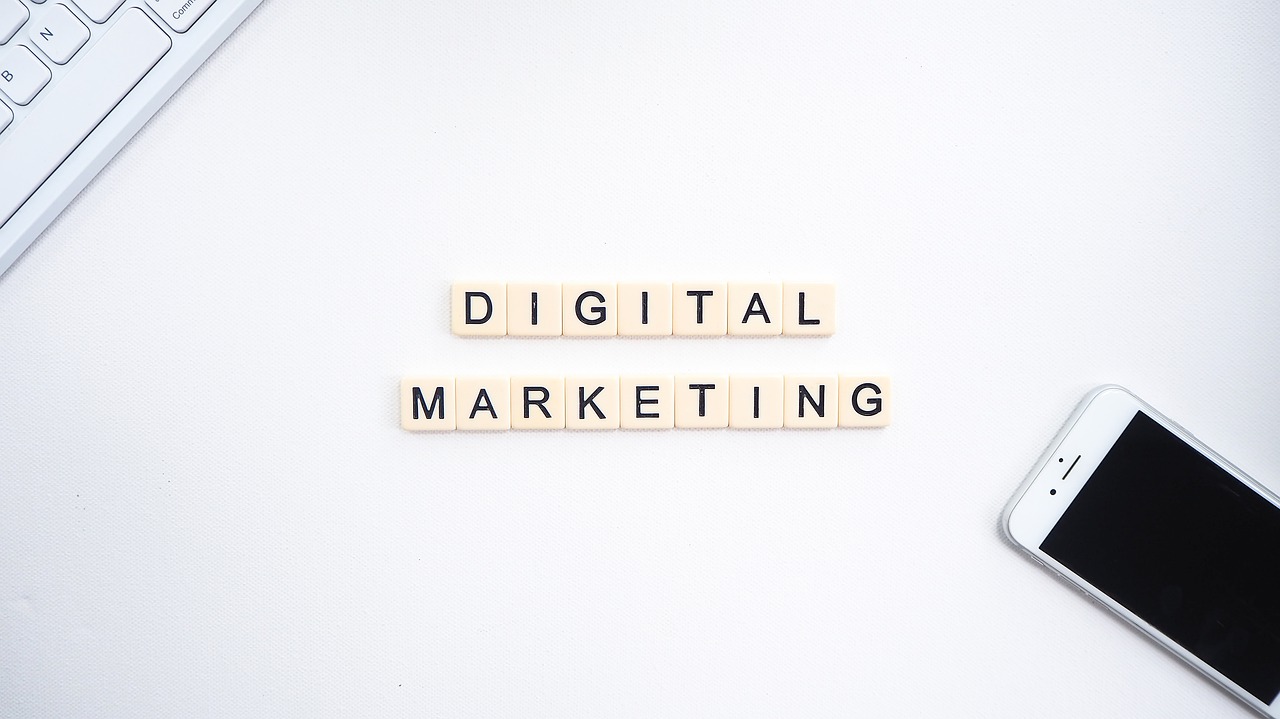The digital marketing industry is thriving like never before! In today’s world, digital marketing has not only evolved but has also gained a lot of traction.
People are turning to the virtual world to help them with their daily tasks, access all types of information, connect with anyone from around the world, and look for entertainment, among other things.
In a world where technology is nearly at the core of everything we do, having electronics such as cellphones, computers, and tablets is now typical and is responsible for the boom in the digital marketing industry.
Marketers and communications experts have switched to the virtual world, optimizing a variety of digital platforms as a creative way to enhance brand awareness and expand businesses.
The advantages of digital marketing are immeasurable. This cost-efficient solution offers flexibility and accurate demographic targeting, as well as faster and easier result measuring and tracking, effective data collection, increased market reach, and other perks.
5Ds of digital marketing
The term “digital marketing” now refers to a lot more than just email or a website.
The 5Ds (digital devices, digital platforms, digital media, digital data, and digital technology) are at the heart of digital marketing.
It entails dealing with and adapting these 5Ds in the real world. The 5Ds allows for more efficient contact between a brand and its target audience, as well as provides insight into market activity for better business planning and execution.
Customers’ chances of relating to items, as well as businesses ‘ chance of engaging and analyzing their targeted audiences, are defined by the 5Ds in numerous ways.
1. Digital Devices
It primarily focuses on the interaction and engagement of the target audience on websites and mobile applications using a variety of linked devices. Clients like brands when it comes to trade or business websites and smart apps, which typically comprise a collection of digital devices such as cellphones, computers, televisions, games, and tablets.
2. Digital Platforms
It is another element that involves an assessment of the target audience’s chosen platforms or services. On these devices, the majority of contacts are made through apps or browsers from the major online media networks, such as Instagram, Facebook, Google, Twitter, and YouTube, Snapchat, and LinkedIn.
3. Digital Media
It includes diverse paid, earned, and owned online channels for engaging and reaching viewers, including advertising, message, and email, via search engines, Google, and social media. It helps in building engagement with the target audience.
4. Digital Data
Digital data often consists of audience profiles and business engagement patterns. The data is acquired based on the accounts of their viewers and their ties to industries, which are now required to be protected by legislation in many nations.
5. Digital Technology
Although, digital technology focuses on creating interactive experiences across a variety of platforms, including websites, mobile apps. It helps with promoting technology or brands that use mobile phones and web apps to execute email campaigns and kiosks to create communication experiences.
The conclusion
To acquire an unparalleled advantage in digital marketing initiatives, all 5Ds must be utilized. They have successfully altered the industry from traditional marketing to bring to the table more effective techniques for increasing brand awareness and thriving in a highly competitive, technology-centric environment. In today’s times, increasing revenues and being proficient on the 5Ds of social marketing is inevitable for any business.
Read More: Cartoon Crazy







